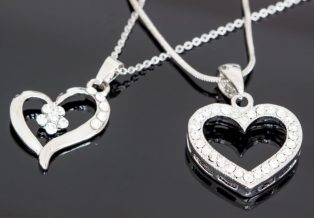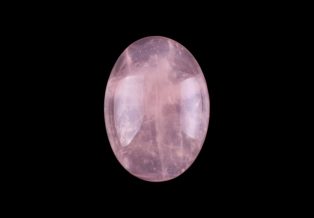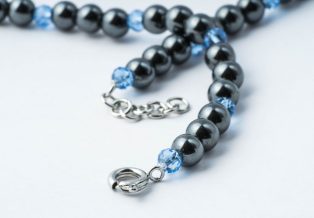All Posts in Antiques & Jewelry

Carl Bucherer is a designer famous for their fabulous watches and jewelry such as this vintage golden giraffe brooch. Below is a brief overview of their history and the characteristics which made their jewelry house world famous.

The germ slaying properties of silver have been known for quite some time, which is why it is frequently used in medical instruments. But scientists have recently discovered that not only does silver eradicate harmful bacteria, it can also transform it.

While many gemstone cuts are faceted, with straight edges and flat faces that enhance their symmetry and brilliance, another popular cut that is equally beautiful is the cabochon.
What are Cabochons?
Cabochons are gemstones which have been polished and shaped. This results in an appearance that is rounded and smooth rather than geometric and sharp. The cut has become popular among those that want an alternative to the faceted gemstones which are commonly used in necklaces, rings and various jewelry types.
The word cabochon comes from “caboche” which is a French word that means head. Most of the gems that use cabochon cuts include moonstones, turquoise and opal. One of the best examples of a cabochon is Tiara rings, which have gems that are more rounded and opaque when compared to gems which are faceted.
How Is the Cabochon Cut Performed?
To perform a cabochon cut, the jeweler will select a roughened stone. While any gemstone may be selected, there are certain types such as moonstone and opal which are prized because of their reflectivity and smooth curvature after being smoothed. Next, the roughened stone will be slabbed, which is a process that involves slicing a stone into ½ or 1/4 thinned slivers. Once a slab is laid flat on the surface, a scribe and template will be applied to mark a cabochon shape.
After the shape is etched into the slab, the trim saw will be applied for cutting around a roughened stone. To grind this stone with greater accuracy, the cabochon machine will use either silicon carbide or diamond wheels. To ensure wheel protection and longevity, water is occasionally added.
Lastly, the stone must be dopped. To accomplish this jeweler’s wax must be applied so the stone can attach to the dop stick that is basically a dowel made from wood. The material which remains can then be grounded until reaching a template line, where it will become sanded and can then be polished with resin wheels or a polished pad.
Advantages of Cabochon Cuts
While cabochon cuts may be applied to any gem, they are most effective with those that are opaque. This is because they will make the stone appear denser and fuller. Additionally, there are certain gems with unique properties that can only be manifested when a cabochon cut is applied. Examples of this include:
- Chatoyance: This is a feline eye effect which quarts commonly produce.
- Asterism: This is a starry effect primarily made by sapphires and rubies.
- Iridescence: This is a phenomenon where the colors will gradually shift based on one’s perspective, and is most often seen in gems such as opal.
- Adularescence: This is a bluish and milky luster that comes mostly from moonstones.
Cabochon cuts do well in scenarios where a gem is translucent and has so many imperfections that it is unsuitable for faceted cuts. Cabochon cuts will also retain the stone’s color while obscuring dirt and scratches which might appear along its surface. It works best for gems which have a Mohs hardness rating of seven.

Hematite is arguably one of the world’s most versatile gemstones, as it can be used in everything from oil paint to mascara, lipstick, cement, brick and industrial overcoat. But where does a hematite gemstone come from and why haven’t most people ever heard of it?

Judith Leiber jewelry is famous for its ability to provide a glamorous touch. Her collection often features extravagant items such as refined cluster earrings, cocktail crystal rings, enamel cuffed bracelets and elegant brooches.

Tsavorite is a type of garnet which is green or emerald colored. Although it forms with calcium aluminum silicate, its intense green coloration is usually the result of chromium or vanadium. And though it is often confused with emeralds, it was discovered more recently in 1967 and isn’t as well known.


